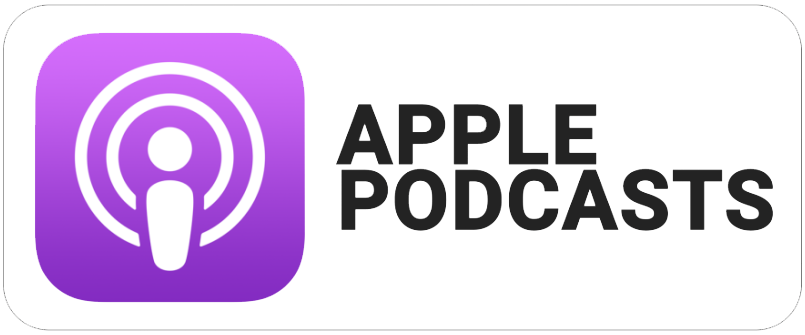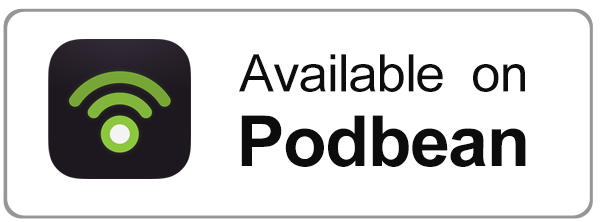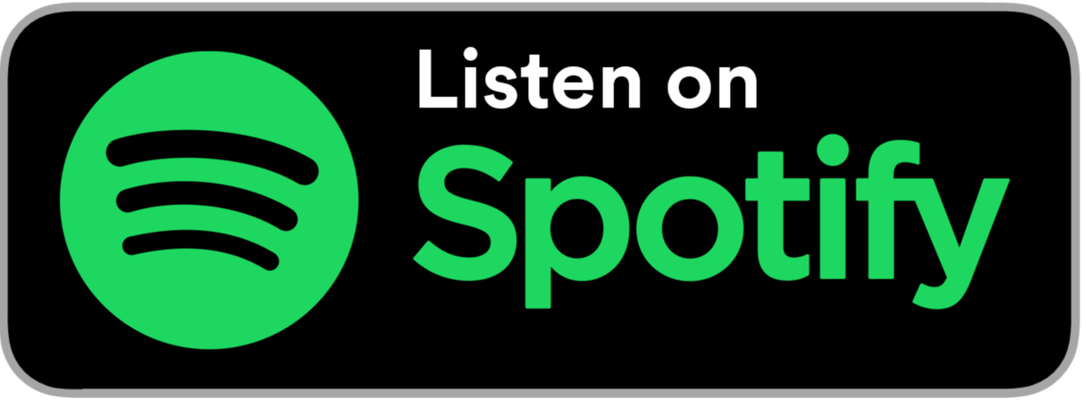Transcript
Hello listeners. We are excited to BLaST the Airwaves with you today and provide educational solutions for all. My name is Rebecca Gibboney and I am the Curriculum and Online Learning Specialist here at BLaST Intermediate Unit 17. I am thrilled to welcome you to this episode of BLaST the Airwaves.
As we established in the last episode, feedback is important. Crucial. The relationship — the love it or hate it — it can be learned. We can learn to embrace feedback. Our students can learn to grow from feedback. But, they can only grow when they accept the feedback. When they actually receive the feedback.
Like I said, I can vividly remember student groans from a passed back paper with a disapproved grade. I can see my students crumbling up their graded assignment and throwing it in the trash. My feedback was not received. It didn’t work until I was able to transform their relationship with the feedback.
So, how do I get them to even receive feedback now from a distance? I strongly believe everyone wants to grow. Maybe they don’t want to show it, but they do. Peel back those layers. It’s there. You just might have to work a little harder and think a little more innovatively to provide the feedback in a remote setting.
Take, for example, videos. You can do so many things nowadays with interactive videos or even presentations. Assessments, too. Edpuzzle allows you to embed questions while students preview the content. You can even voiceover! Screencastomatic, Explain Everything, Microsoft Stream. Interactive notebooks allow for students to collaborate and be hands-on with the content. Slidesmania, Seesaw, Google. GoFormative allows you to engage in real-time assessment with your students, like live-time comments. Amazing! There’s whiteboard.fi and so much more. These videos, presentations and assessments. This technology allows the students to process over time. It allows students to view the videos over and over again. It allows for spaced practice, something we discussed previously. It gives students control and engages them.
It’s pretty incredible, too, what intelligent tutoring systems can do. You know, the programs that see the material that is presented and then asks automatic questions or provides feedback automatically. Pretty insane how technology has evolved. The programs like ALEKS, Turn-It-In, Grammarly. I know these programs have been game-changers for me.
But, beyond these computer-automated tools, we must keep it personalized. We need to find a way to make the feedback meaningful. We need to capitalize on what we know of our students strengths and areas of improvement and tie it into the relationship that we have created with our students. Things like a simple postcard in the mail, a voice recording, a video feedback. For example, the Read&Write function on GoogleDocs allows you to provide voice recording feedback to your students. And, I’m going to say it…Flipgrid feedback. Even though you may not like your face recorded, being able to provide video feedback to your student makes it more personalized and they are able to see your expressions, your warmth, behind the feedback.
Growth. I keep bringing that up because growth is so important to me. But, all that we have focused on so far is student growth. What about you, the teacher growth? You, as the teacher, can grow as much, if not more, by asking for feedback from your students. It can be hard. It opens up a world of vulnerability. But, it can be so so meaningful.
Model for your students meaningful feedback and teach them how to provide meaningful feedback. So that they are ready when you ask them questions like:Where are you going today?
How are you going to get there?
Where will you go next?Inquire about how their experience is going for them. This whole virtual experience isn’t just an adjustment for you. It is also an adjustment for them. Ask if your content, your feedback, is working for them.
This feedback, plus the academic feedback from assessments, is your connective tissue. It pulls everything together and keeps that cycle going. Remember, learn, feedback, assess? This feedback gives direction. It helps the teacher know where to go, what to continue, what to do more of, and what to cover some more. It provides the student an idea of where they started and where they are going.
Assessment is assessment. Feedback is learning. But, learning is growth.
We would like to thank you for blasting the airwaves with us today. If you like the show, please subscribe or leave a review. If you want to know more. Check out www.iu17.org for further resources and show notes. As always, we want to thank you for what you do every single day. Remember, keep shining. We’ll be back next episodes to provide you another educational solution for all as we continue to transform lives and communities through educational services.
Additional/Suggested resources mentioned in the episode:
The Distance Learning Playbook by Douglas Fisher, Nancy Frey, and John Hattie
BLaST Intermediate Unit 17 – www.iu17.org
Professional Learning Opportunities at BLaST IU 17 – https://www.iu17.org/professional-learning/



